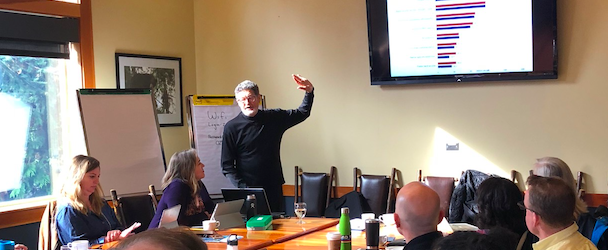When Colleen and I conducted a recent trends boot camp, a director of a visitor-serving organization asked us this question.
It is a good question.
 I am thrilled to share this guest article by my fantastic colleague, Jim Hekkers. Jim served as the Managing Director of the Monterey Bay Aquarium for 15 years, and now I am honored that he is my partner in sharing trend data for cultural organizations. Jim served in the trenches of a major institution that was one of the earliest adopters of data-informed...
I am thrilled to share this guest article by my fantastic colleague, Jim Hekkers. Jim served as the Managing Director of the Monterey Bay Aquarium for 15 years, and now I am honored that he is my partner in sharing trend data for cultural organizations. Jim served in the trenches of a major institution that was one of the earliest adopters of data-informed... Sign in to KYOB+
Not a member yet?
Never miss the latest read on industry data and analysis.







